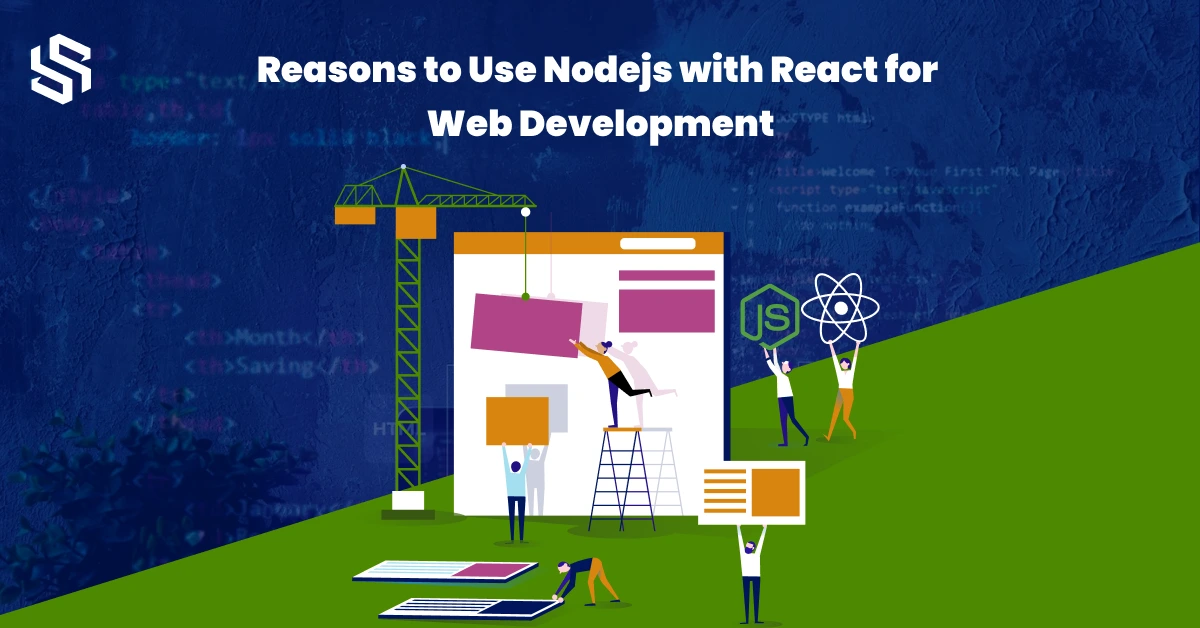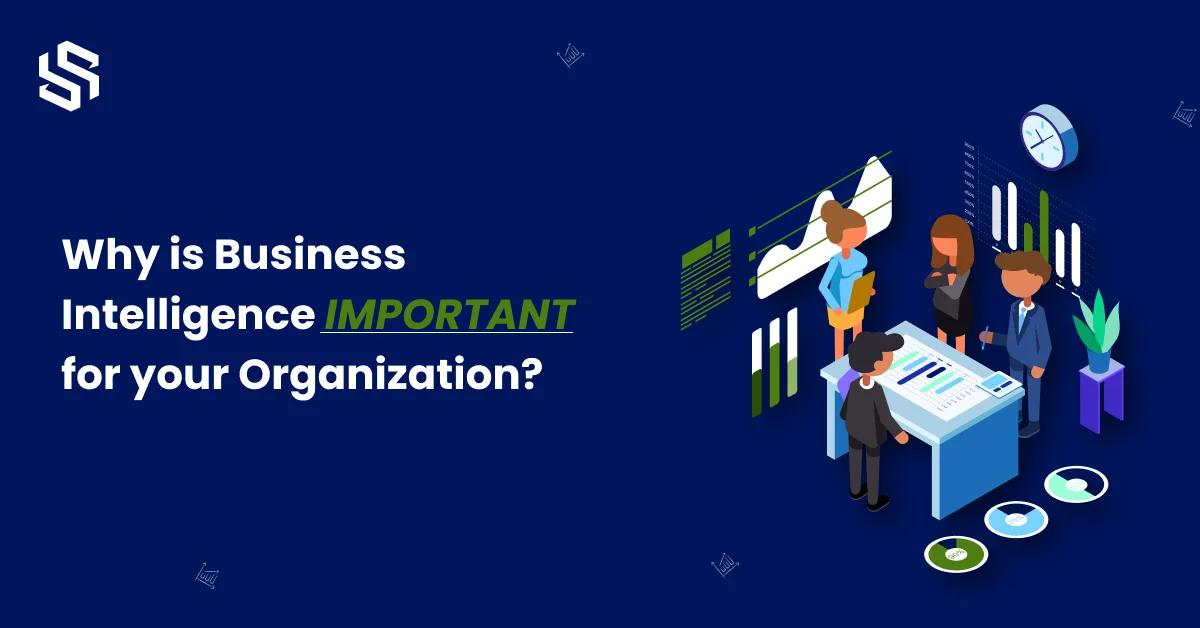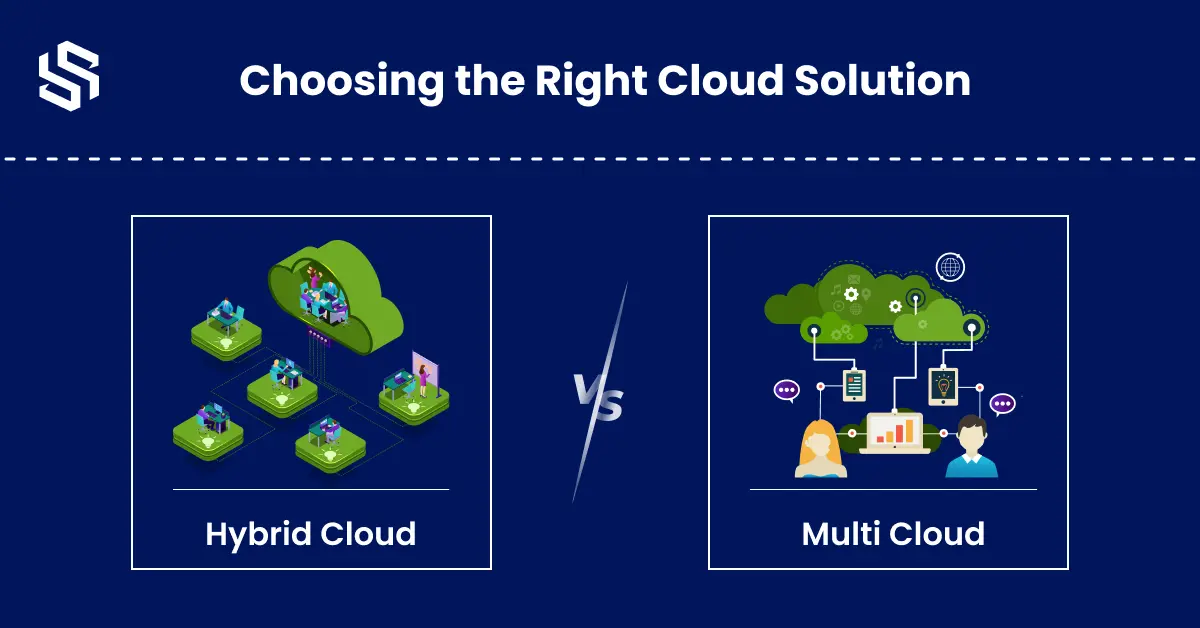Is JavaScript the future of web development?
If you’re a web developer, you’ve probably heard a lot about JavaScript in recent years. And for good reason! JavaScript is now one of the most popular programming languages in the world, and it’s showing no signs of slowing down.
But with so many different JavaScript frameworks and libraries to choose from, it can be tough to know where to start. Two of the most popular options are Node.js and React.
Node.js is a JavaScript runtime environment that allows you to run JavaScript code outside of a web browser. This means you can use JavaScript to build server-side applications, as well as traditional web applications.
React is a JavaScript library for building user interfaces. It’s known for its component-based architecture and its virtual DOM, which makes it fast and efficient.
So, why would you want to use Node.js and React together?
In this blog post, we’ll explore the reasons why Node.js and React are a powerful combination for building modern web applications. We’ll also discuss some of the challenges of using these technologies together, and how to overcome them.
By the end of this post, you’ll have a better understanding of whether Node.js and React are the right choice for your next web development project.
Read More About Top 46 React Frameworks to Use in 2024
Node.js: The JavaScript Runtime Champion
Node.js is not your typical JavaScript platform. Unlike the JavaScript you know from web browsers, Node.js lets you run JavaScript code outside the browser, on your server! Built on Chrome’s powerful V8 engine, Node.js is known for its:
- Speed and Efficiency: Its event-driven, non-blocking architecture allows it to handle multiple requests simultaneously, making it ideal for high-traffic applications.
- Simplicity: Code written in JavaScript for the client-side can be reused for the server side, promoting code reusability and faster development.
- Scalability: Node.js easily scales to meet the demands of growing applications, thanks to its lightweight nature and ability to handle concurrent requests.
- Rich Ecosystem: A vast library of pre-built modules (NPM) is available, offering solutions for almost any development need.
React: The Component-Based UI Maestro
React is a JavaScript library focused on building dynamic and interactive user interfaces. Its component-based approach breaks down complex UIs into reusable and maintainable building blocks. Here’s what makes React shine:
- Virtual DOM: This clever technology minimizes unnecessary DOM manipulations, resulting in significantly faster UI updates and a smoother user experience.
- Declarative Style: React encourages a declarative approach, where you describe what you want the UI to look like, and React handles the efficient re-rendering when data changes.
- Component Reusability: React components can be reused across different parts of your application, saving development time and promoting consistency.
- Large Community and Ecosystem: React boasts a massive community of developers and a rich ecosystem of tools and libraries, empowering you with extensive support and resources.
Read More About Creating Intelligent Chatbot with React.js: A Step-by-Step Guide
Benefits of Using Node.js with React (Expanded)
Here’s a deeper dive into the advantages of combining Node.js and React for your web development journey:
1. Server-side Rendering (SSR):
SSR pre-renders your React app’s HTML on the server before sending it to the user’s browser. This initial HTML contains the complete page structure and data, allowing immediate display without additional processing upon reaching the client.
Advantages:
- Enhanced SEO: Search engines can directly read and index content, significantly improving your search ranking potential compared to client-side rendered React apps.
- Faster Initial Load: Users encounter a fully rendered page instantly, leading to a smoother user experience and perceived performance boost, especially on slower connections.
- Improved Mobile Performance: Pre-rendered pages offer faster loading times on mobile devices with limited bandwidth, crucial in today’s mobile-first world.
- Social Media Friendliness: Sharing previews and snippets on social media platforms become more effective with pre-rendered content, driving better engagement.
- Accessibility: Initial content is accessible before JavaScript execution, enhancing the experience for users with JavaScript disabled.
2. Event-Driven Architecture:
Complementing React: Both Node.js and React prioritize efficient and responsive updates. While React achieves this through its component-based architecture and virtual DOM, Node.js’ event-driven, non-blocking nature ensures efficient server-side operations. This creates a synergy where UI updates and data interactions feel seamless and responsive.
Benefits:
- Scalability: Node.js’ event-driven model excels at handling concurrent requests efficiently, making it ideal for high-traffic applications that demand seamless performance under load.
- Real-time Applications: The event-driven approach facilitates real-time data updates, perfect for building dynamic experiences like chat apps, live dashboards, or live streaming platforms.
- Resource Efficiency: By avoiding traditional thread-based models, Node.js minimizes resource usage and server load, leading to cost-effectiveness and better performance.
3. Performance Optimization and Scalability:
Techniques:
- Code Splitting: Divide your React app into smaller, independent bundles. This allows selective loading of only necessary components for each page, reducing initial load times and improving perceived performance.
- Server-side Caching: Cache frequently accessed data on the server, minimizing database load and improving response times, especially for repetitive requests.
- Lazy Loading: Load components only when the user scrolls or interacts with specific sections, further optimizing initial page load and user experience.
- Image Optimization: Utilize techniques like resizing, compression, and webP formats to reduce image file sizes and improve page load speeds.
Scalability:
- Horizontal Scaling: Add more Node.js servers to distribute the workload and handle increased traffic efficiently. This approach is cost-effective for managing short-term spikes or unpredictable traffic patterns.
- Vertical Scaling: Upgrade server resources like CPU and RAM to handle heavier workloads or sustained traffic growth. This approach may be more suitable for predictable load increases or resource-intensive applications.
Read More About Node.js vs React.js: Which to Choose for Your Web Application
4. Enhanced Development Workflow:
Streamlined Process:
- Full-Stack JavaScript: Using JavaScript for both front-end and back-end development reduces context switching, promotes code consistency, and allows developers to focus on a single language expertise.
- Hot Reloading: Witness UI changes instantly in the browser without full page reloads, significantly accelerating development iteration and testing cycles.
- Shared Codebase: Share common logic and utility functions between front-end and back-end code, leading to cleaner code, faster development, and easier maintenance.
- Modular Development: Build reusable components for both UI and server-side logic, promoting code reusability and consistency across your application.
npm Ecosystem and Tools:
- Vast Library Collection: Leverage thousands of pre-built modules and tools available on npm for various functionalities, saving development time and effort.
- Active Community Support: Benefit from a wide and active developer community for troubleshooting, learning, and finding solutions to challenges.
- Testing and Debugging Tools: Access a variety of tools for effective testing and debugging of both React components and Node.js server-side logic.
- Continuous Integration and Deployment: Integrate CI/CD pipelines for automated testing, building, and deployment, streamlining the development and release process.
Remember, choosing the right tools and strategies depends on your specific project needs and goals. By carefully considering these benefits and tailoring your approach, Node.js and React can empower you to build high-performance, scalable, and user-friendly web applications that stand out in today’s competitive landscape.
Read More About Why Choose ReactJS for Enterprise App Development for Your Next Project
Why Node.js is Ideal for React Web Development
There are several compelling reasons why Node.js shines as the preferred back-end partner for React development:
1. Non-blocking I/O: The Performance Powerhouse
Explanation: Unlike traditional web servers, Node.js employs a non-blocking I/O (Input/Output) architecture. This means it doesn’t wait for one operation to finish before starting another. Instead, it handles multiple requests simultaneously, making it exceptionally efficient for web applications experiencing high traffic or frequent data exchanges.
Performance Benefits: In React applications, numerous interactions like fetching data, handling user actions, and updating the UI often involve I/O operations. Node.js’ non-blocking approach ensures these operations don’t block each other, leading to:
- Faster Response Times: Users encounter quicker responses even when multiple requests are ongoing, enhancing the overall user experience.
- Improved Scalability: Node.js efficiently handles concurrent requests, preventing performance bottlenecks as your application scales.
- Lower Server Load: Non-blocking I/O minimizes resource usage, allowing you to accommodate more users on the same server infrastructure.
2. Community Support and Resources: A Wealth of Guidance
Active and Vibrant: Both Node.js and React boast large and active communities of developers worldwide. This translates to:
- Extensive Documentation and Tutorials: Abundant resources are available to learn, troubleshoot, and find solutions to challenges.
- Support Forums and Q&A Platforms: Connect with other developers, seek help, and contribute to the collective knowledge base.
- Regular Updates and Improvements: Continuous development ensures both technologies remain cutting-edge and benefit from ongoing enhancements.
Rich Ecosystem: Leverage a vast collection of:
- npm Packages: Thousands of pre-built modules and tools address various functionalities, accelerating development and reducing reinventing the wheel.
- Testing and Debugging Tools: Effectively test and debug both React components and Node.js server logic for seamless operation.
- Frameworks and Libraries: Enhance your development experience with specialized frameworks like Express.js for Node.js or Next.js for React.
3. Real-time Applications: Building Dynamic Experiences
Real-time Powerhouse: Node.js’ event-driven architecture and non-blocking I/O make it ideal for building real-time applications where data updates seamlessly and instantly:
- Chat Apps: Enable real-time messaging and notifications without page reloads, offering an immersive and engaging experience.
- Live Dashboards: Update data visualizations and charts in real-time, fostering informed decision-making based on the latest information.
- Collaborative Platforms: Facilitate real-time collaboration and interaction, enhancing teamwork and productivity.
Real-World Examples: Numerous successful applications showcase the power of Node.js and React for real-time experiences:
- Netflix: Delivers real-time streaming and viewing updates.
- Airbnb: Enables real-time host-guest communication and booking updates.
- Discord: Offers real-time chat, voice communication, and gaming experiences.
Read More About How artificial intelligence helps with React JS development
Best Practices and Tips for Web Development with Node.js and React
Mastering the art of Node.js and React development requires attention to detail and strategic implementation. Here are some proven practices and tips to elevate your web applications:
1. Building Robust APIs with Node.js:
- Define Clear Goals and Endpoints: Start by outlining the specific functionalities your API will provide to the React frontend. This clarity helps build focused and well-structured server-side logic.
- Embrace RESTful Design Principles: Adhere to RESTful best practices like clear naming conventions, consistent resource representations, and predictable HTTP methods. This ensures intuitive API usage and simplifies client-side integration.
- Validation and Error Handling: Implement robust input validation on the server side to prevent invalid data from entering your system and handle potential errors gracefully with informative messages.
- Authentication and Authorization: Secure your API with appropriate authentication and authorization mechanisms like token-based authentication or role-based access control.
- Documentation and Testing: Create comprehensive API documentation, including endpoints, parameters, and expected responses. Additionally, write thorough unit and integration tests to ensure API reliability.
2. Server-side Rendering (SSR) Implementation:
- Choose the Right Approach: Evaluate options like Next.js, Gatsby, or custom SSR solutions based on your project’s requirements and complexity.
- Configure DataFetching: Determine how and when data is fetched on the server for initial rendering, considering performance and SEO implications.
- Hydration and Client-side Interactivity: Ensure a smooth transition from server-rendered HTML to a fully interactive client-side React app for a seamless user experience.
- Monitoring and Performance Optimization: Continuously monitor SSR performance and optimize data fetching, rendering strategies, and caching mechanisms for maximum efficiency.
3. Performance Optimization Techniques:
- Profiling and Code Analysis: Utilize profiling tools and code analysis techniques to identify bottlenecks and optimize React components and Node.js server-side logic.
- Code Splitting and Lazy Loading: Break down your React app into smaller bundles and load components only when needed, reducing initial load times and improving perceived performance.
- Image Optimization: Implement techniques like resizing, compression, and webP formats to deliver images efficiently without hindering loading speeds.
- Caching Strategies: Leverage server-side caching for frequently accessed data and browser caching for static assets to minimize repetitive requests and improve response times.
- Performance Monitoring Tools: Use tools like Google PageSpeed Insights or Lighthouse to track key performance metrics and identify areas for further optimization.
4. Handling Real-time Data and Events:
- WebSocket for Bi-directional Communication: If your app requires real-time updates and bi-directional communication, WebSocket provides a lightweight and efficient solution.
- Server-Sent Events (SSE) for One-way Updates: Consider Server-Sent Events (SSE) if your application mainly involves delivering real-time data from the server to the client, like stock tickers or live scores.
- Libraries and Frameworks: Leverage libraries like Socket.io or Express.js for WebSocket functionalities and tools like Pusher or PubNub for managed real-time infrastructure.
- Scalability and Load Balancing: Plan for real-time data management scalability as your user base grows, potentially implementing load-balancing strategies to distribute traffic efficiently.
Remember, continuous learning, best practice adoption, and adaptation to your specific project needs are key to building exceptional web experiences with Node.js and React. By following these guidelines and exploring further resources, you can unlock the full potential of this powerful technology combination.
Conclusion: Building Better Web Experiences with Node.js and React
This blog post explored the powerful synergy between Node.js and React in web development. Let’s recap the key points:
Key Points:
- Node.js and React complement each other beautifully, offering advantages like full-stack JavaScript development, faster performance, real-time capabilities, and a rich ecosystem.
- Server-side Rendering enhances SEO and initial load speeds, while event-driven architecture fosters efficient UI updates and real-time data management.
- Optimizing your app with code splitting, caching, and performance monitoring tools ensures a smooth and responsive user experience.
- Node.js excels at building APIs, with RESTful principles guiding robust and secure server-side logic.
- Implementing SSR requires careful planning and tools like Next.js or custom solutions.
- Handling real-time data demands consideration of technologies like WebSockets, SSE, and appropriate libraries.
Benefits and Considerations:
- Benefits: Improved performance, real-time capabilities, efficient development, large community, SEO advantages, full-stack JavaScript ecosystem.
- Considerations: Learning curve for both technologies, the potential complexity of SSR implementation, managing real-time data infrastructure.
Hire Dedicated Developers from Syndell
As you embark on your journey to harness the power of Node.js and React, remember that the learning curve is part of the process.
Syndell, a leading software development company, encourages you to embrace the challenges and delve deeper into these technologies. With dedication and exploration, you’ll unlock their true potential, enabling you to craft high-performance web applications that resonate in today’s digital world.
Ready to get started? Contact Syndell today for a free quote and discover how our team of dedicated developers can bring your vision to life.













